 Behavioural science can unlock better marketing and greater innovation. What is it? Simply put, it investigates the cognitive processes and behaviour of humans (and other organisms) and their interactions with other people and the world around them.
Behavioural science can unlock better marketing and greater innovation. What is it? Simply put, it investigates the cognitive processes and behaviour of humans (and other organisms) and their interactions with other people and the world around them.
In Episode 1 of Ogilvy’s ‘O Behave’, the legendary Rory Sutherland discusses how he was fascinated by behavioural economics (essentially the same as behavioural science but with more of a focus on the intersection between psychology and economics) before it was even a thing; “I was always convinced there was a kind of unnamed science around the peculiarities of human behaviour.” Rory is the Vice Chairman of Ogilvy in the UK. Which, according to Ogilvy is “an attractively vague job title which has allowed him to co-found a behavioural science practice within the agency.” His interest in this area took him from talking at marketing and advertising conferences to being invited to 10 Downing Street.
When marketers use behavioural science, they discover unseen opportunities. Once we understand how and why people think and act as they do, then we can better understand what they want and need, or at least, what they think they do. As Rory says, value is subjective. It’s up to marketers to show consumers what the value of a product or service is. He provides a brilliant example to illustrate this: James Webb Young, who worked in the advertising industry for years, retired to an apple farm in New Mexico. He hoped to make his retirement income off the apples but soon discovered that due to the high altitude, hailstones would pummel the apples until they resembled golf balls. These pitted apples would be a huge turn off for consumers, who are likely to turn their noses up at even the smallest bruise. While this would seem to spell disaster for James, he found the unseen opportunity. He transformed the pits into “dimples” and used them as a unique selling proposition. They weren’t pitted by hailstones, but ‘dimples by the heavens’. By telling a different story he managed to turn a basic failing into a product proof point. As Rory says, you can create and synthesise value — once you realise that, everything changes.
This is what successful marketing is all about. If we can find the unseen opportunities, that’s the sweet spot where innovation happens. Marketing and innovation should be viewed as two sides of the same coin; there are cases of remarkable inventions never catching on, purely because they were marketed poorly or the wrong way. It comes down to how the invention or innovation is presented, we have to create the value and show it to our consumers. But how do we measure innovation? According to Stewart Butterfield, the founder of Flickr and Slack, the only metric to determine how successful or meaningful innovation is, is the extent to which it changes behaviour. As emphasised by Rory, “No trivial innovation has changed behaviour a lot. No major innovation has changed behaviour only a little.”
Get the rest of the insights here.


 Behavioural science can unlock better marketing and greater innovation. What is it? Simply put, it investigates the cognitive processes and behaviour of humans (and other organisms) and their interactions with other people and the world around them.
Behavioural science can unlock better marketing and greater innovation. What is it? Simply put, it investigates the cognitive processes and behaviour of humans (and other organisms) and their interactions with other people and the world around them.